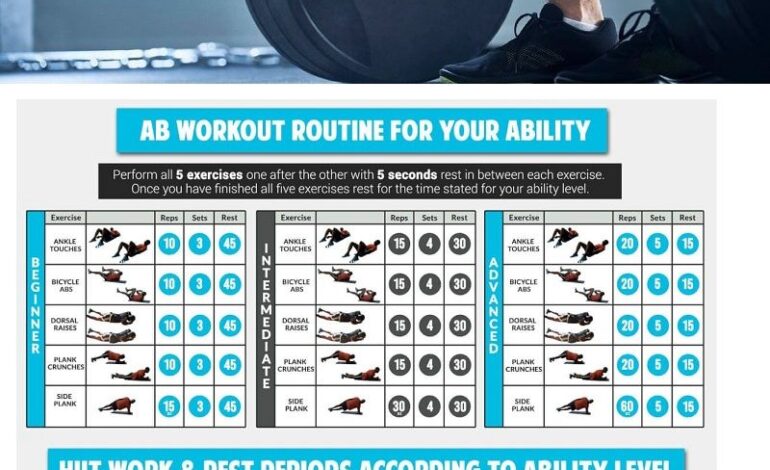Strength Training: A Beginner’s Guide & Tailored Advice

Strength Training: A Guide for Beginners and Specific Groups
Strength training, often associated with bulky bodybuilders, is actually incredibly beneficial for *everyone*, regardless of age or fitness level. It’s far more than just building muscle; it’s a cornerstone of overall health, contributing to improved bone density, metabolic function, injury prevention, and even mood enhancement. This post will break down the fundamentals of strength training, particularly focusing on how to tailor your approach for different groups – beginners, seniors, women, and those recovering from injuries.
The Core Benefits of Strength Training
Before we dive into specifics, let’s quickly recap why strength training is so vital. Here’s a look at the advantages:
- Increased Muscle Mass: As we age (starting as early as our mid-30s!), we naturally lose muscle mass – a process called sarcopenia. Strength training combats this, helping you maintain and even build lean muscle.
- Improved Bone Density: Weight-bearing exercises like strength training stimulate bone growth, reducing the risk of osteoporosis and fractures, especially important as we get older.
- Boosted Metabolism: Muscle burns more calories than fat, even at rest. More muscle means a higher metabolism, making it easier to manage your weight.
- Enhanced Functional Fitness: Strength training improves everyday activities like climbing stairs, carrying groceries, and playing with children or grandchildren.
- Injury Prevention: Stronger muscles provide better support for joints, reducing the risk of injuries.
- Improved Mood & Mental Health: Exercise releases endorphins, which have mood-boosting effects. Strength training can also improve self-esteem and confidence.
Getting Started with Strength Training – The Beginner’s Roadmap
If you’re new to strength training, starting slow and focusing on proper form is *crucial*. Here’s a step-by-step guide:
- Start with Bodyweight Exercises: Master the basics before adding external weight. Think squats, push-ups (modified on your knees if needed), lunges, planks, and rows using furniture or resistance bands.
- Focus on Form: Watch videos demonstrating proper form for each exercise. Consider working with a qualified trainer initially to ensure you’re doing things correctly. Incorrect form can lead to injury.
- Gradual Progression: Once bodyweight exercises become easy, gradually introduce light weights (dumbbells, kettlebells, resistance bands). Start with 1-2 sets of 8-12 repetitions for each exercise.
- Rest and Recovery: Allow your muscles time to recover between workouts. Aim for at least one full rest day between strength training sessions targeting the same muscle group.
- Listen to Your Body: Don’t push through pain. Mild soreness is normal, but sharp or persistent pain indicates a problem – stop and consult a healthcare professional.
Tailoring Strength Training for Specific Groups
Now let’s explore how to adapt strength training programs for different demographics:
Strength Training for Seniors
Seniors benefit immensely from strength training, but require a slightly modified approach.

- Prioritize Safety: Ensure a stable environment with good lighting and non-slip flooring. Consider working with a physical therapist or certified personal trainer experienced in senior fitness.
- Focus on Functional Movements: Exercises that mimic everyday activities are key – squats for getting up from chairs, rows for pulling objects, overhead presses to reach shelves.
- Start Slowly and Gradually Increase Intensity: Begin with very light weights or resistance bands and gradually increase the challenge as strength improves.
- Balance Training is Essential: Incorporate balance exercises like single-leg stands and heel-to-toe walks to reduce the risk of falls.
- Chair Support: Many exercises can be modified by using a chair for support, providing stability and reducing strain.
Strength Training for Women
Common misconceptions about women and strength training (like fear of “bulking up”) are unfounded. Women generally have less muscle mass than men and lower levels of testosterone, making it significantly harder to build large muscles.
- Focus on Full-Body Workouts: A full-body approach targeting all major muscle groups is ideal.
- Don’t Neglect Compound Exercises: Squats, deadlifts, bench presses, and rows are excellent for building overall strength and burning calories.
- Consider Periodization: Varying the intensity and volume of workouts over time can help prevent plateaus and maximize results.
- Prioritize Core Strength: A strong core is essential for stability and injury prevention.
Strength Training for Injury Recovery
If you’re recovering from an injury, strength training can play a crucial role in rehabilitation, but *must* be done under the guidance of a healthcare professional (physical therapist or doctor).
- Start with Very Gentle Exercises: Focus on regaining range of motion and activating weakened muscles.
- Gradual Progression is Key: Increase intensity very slowly, monitoring for any pain or discomfort.
- Listen to Your Body: Pain is a signal to stop and reassess. Don’t push through it.
- Work with a Professional: A physical therapist can design a personalized program that addresses your specific needs and limitations.
Strength Training for Teenagers
Teenagers are often eager to start strength training, and it can be very beneficial for their development.
- Focus on Proper Form: Crucial for preventing injuries during growth spurts.
- Avoid Excessive Weight: Focus on high repetitions with lighter weight initially.
- Supervision is Important: Ensure a qualified adult supervises training sessions, particularly in a gym setting.
- Balance Strength Training with Other Activities: Encourage participation in various sports and activities for well-rounded development.
Conclusion
Strength training isn’t just about aesthetics; it’s an investment in your long-term health and well-being. Whether you’re a complete beginner or an experienced athlete, understanding the principles of strength training and tailoring your approach to your specific needs will help you reap its many benefits for years to come. Remember to prioritize proper form, listen to your body, and seek guidance from qualified professionals when needed.



